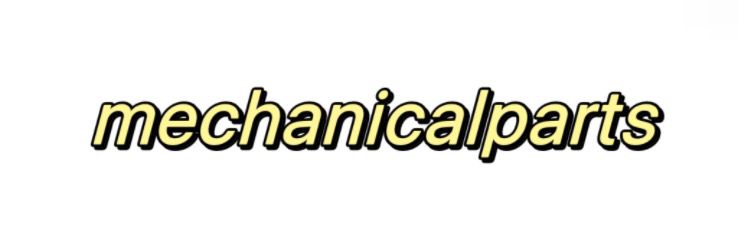Top Trends in Die Casting for Consumer Products in 2023
Top Trends in Die Casting for Consumer Products in 2023
The consumer products industry is constantly evolving, pushing companies to innovate and adapt to meet the ever-changing demands of consumers. As a leading manufacturer or supplier, understanding the latest trends in die casting can significantly impact your product development and overall competitiveness. Die casting is a crucial manufacturing process that allows for the efficient production of complex shapes and designs, which is vital in today’s market.
Are you interested in learning more about Consumer Products Die Casting? Contact us today to secure an expert consultation!
Drawing upon years of industry experience and expertise, this article aims to shed light on the top die casting trends for consumer products in 2023. We will explore how these trends can enhance product quality, streamline production processes, and ultimately drive consumer satisfaction. By the end, you will have actionable insights on how to leverage these trends for your business's advantage.
What is Die Casting?
Die casting is a manufacturing process in which molten metal is injected under high pressure into a mold cavity. This technique is predominantly used for creating metal parts with intricate shapes and superior finishes, often employed in industries ranging from automotive to consumer products. The benefits of die casting include high production rates, excellent dimensional accuracy, and the ability to produce thin-walled sections.
Strengths and Weaknesses of Die Casting in Consumer Products
Strengths
- Precision and Accuracy: Die casting allows for tight tolerances, ensuring that each component meets exact specifications.
- Cost-Effectiveness: Although setup costs may be high, the efficiency of mass production can lead to lower costs per unit.
- Material Variety: Die casting can be performed with various alloys, including aluminum, zinc, and magnesium, making it versatile for different product needs.
- Surface Finish: The process can yield smooth surfaces, often requiring less post-processing and promoting better aesthetics and functionality.
Weaknesses
- Initial Setup Costs: The expense involved in manufacturing molds can be a barrier for small businesses or low production runs.
- Limited to Non-Ferrous Metals: Most die casting processes favor non-ferrous metals which may limit options for certain products.
- Complexity in Design: While die casting can produce intricate designs, there are limitations based on the die structure and ejection mechanics.
Emerging Trends in Consumer Products Die Casting
Sustainable Practices
With increasing consumer awareness around environmental issues, sustainability has become a significant focus in die casting. In 2023, many manufacturers are adopting eco-friendly practices, such as using recycled materials and more energy-efficient equipment. This shift not only satisfies consumer demand for greener products but can also reduce costs in the long run.
Advanced Manufacturing Technologies
The integration of technologies like Artificial Intelligence (AI) and Internet of Things (IoT) in die casting processes is on the rise. These advancements allow for better monitoring and optimization of production processes, leading to increased efficiency and reduced waste. Embracing smart manufacturing technologies can propel consumer product companies ahead of their competition.
Lightweight Designs
As consumer preferences lean towards functionality and portability, there is a growing trend towards lightweight components. Die casting allows manufacturers to create intricate yet lightweight designs without sacrificing strength or durability. This trend is particularly notable in the automotive and consumer electronics sectors.
Practical Tips for Implementing Die Casting Trends
Invest in R&D: Continuous research and development can help you stay ahead of the trends in die casting. Explore new materials and processes that enhance quality and sustainability.
Utilize Prototyping: Employ rapid prototyping techniques to test designs before full-scale production. This approach can reveal potential issues early and ensure product viability.
Engage with Suppliers: Collaborate closely with your die casting suppliers to understand the latest technologies and enhancements. They can provide insights into what is working in the industry and what is on the horizon.
Focus on Design Simplicity: Simplifying component designs can reduce costs and complexities in production. Ensuring that designs are die-casting friendly can enhance manufacturability and lead to better results.
Conclusion
The trends in die casting for consumer products in 2023 reflect the industry's shift towards sustainability, advanced manufacturing technologies, and lightweight designs. By recognizing and embracing these developments, manufacturers can enhance their product quality, improve production efficiency, and better meet consumer demands.
Staying informed about consumer products die casting and its evolving landscape will empower you to make strategic decisions that solidify your position in the marketplace. Whether you are a seasoned manufacturer or just beginning your journey, these insights will help you leverage die casting trends for sustained success in the dynamic consumer products sector.
For more Aerospace Die Casting Solutioninformation, please contact us. We will provide professional answers.
Previous
None
If you are interested in sending in a Guest Blogger Submission,welcome to write for us!



Comments
0